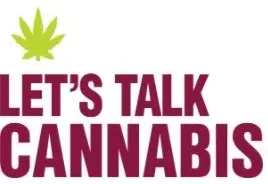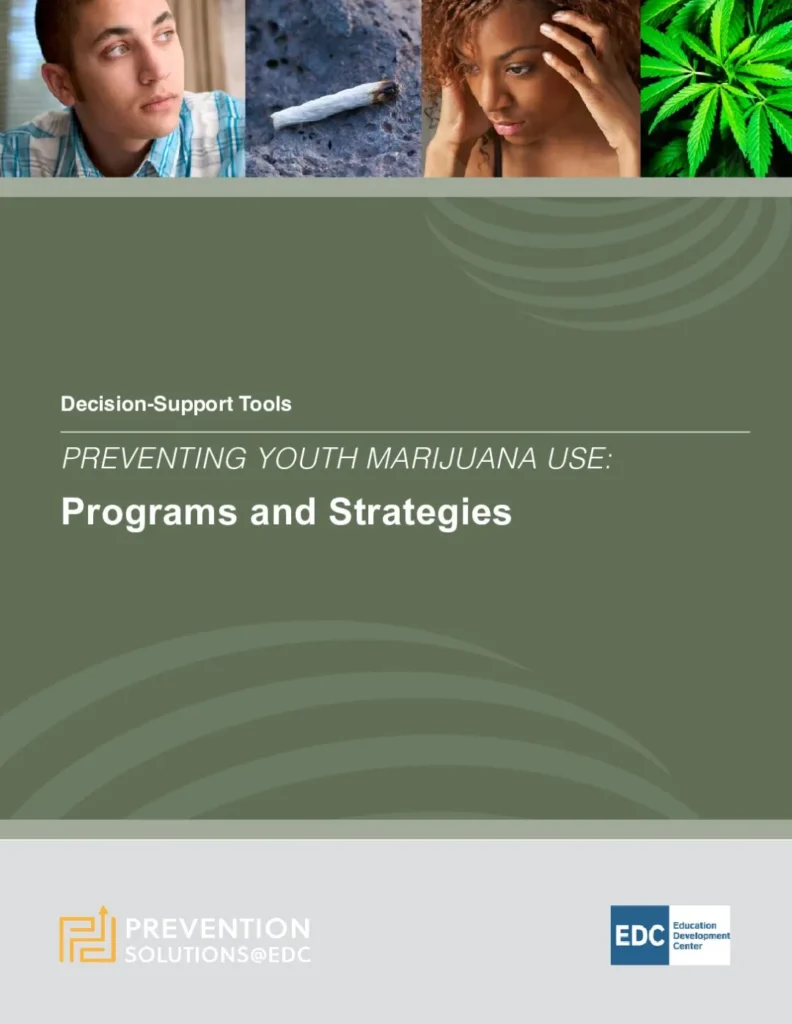Cannabis
The main psychoactive (mind-altering) chemical in cannabis, responsible for most of the intoxicating effects that people seek is delta-9tetrahydrocannabinol (THC). The chemical is found in resin produced by the leaves and buds primarily of the female cannabis plant. The plant also contains more than 500 other chemicals, including more than 100 compounds that are chemically related to THC, called cannabinoids. For more info see drugabuse.gov.
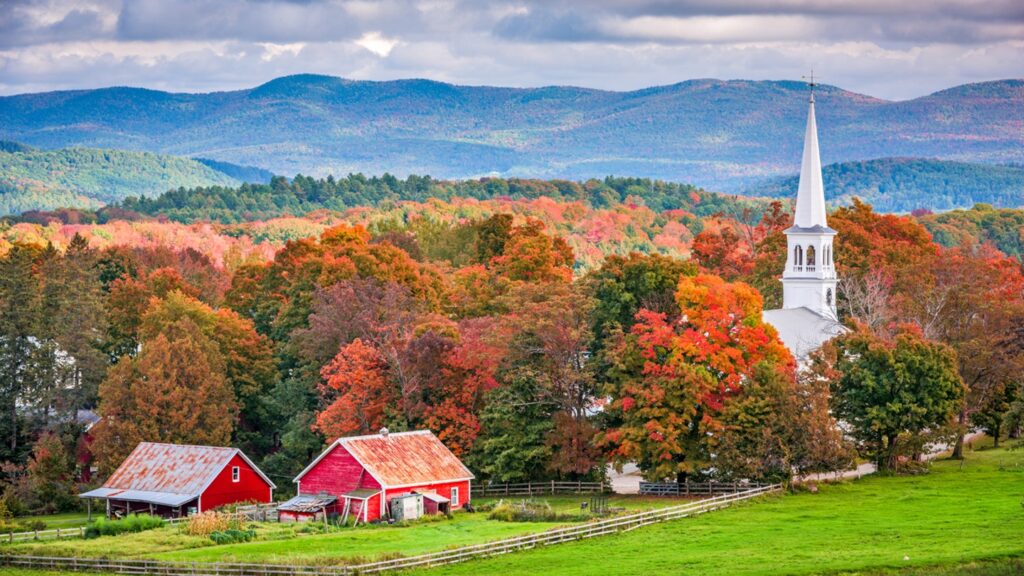
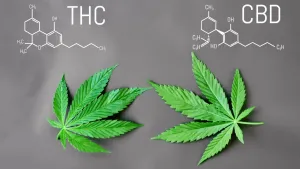
Marijuana Vs Cannabis: What’s the Difference
CBD legal cannabis medical virtues: anti-inflammatory, analgesic, anxiolytic, etc. CBD and THC formula. Thematic photos of hemp and green ganja. Background image[/caption]The word “cannabis” refers to all products derived from the Cannabis plant while the word “marijuana” refers to parts of or products from the plant that contain substantial amounts of tetrahydrocannabinol (THC). “Marijuana” will often be replaced with “cannabis with THC”.
In the Cannabis Commercialization Law (Act 164) enacted in 2020, the Vermont legislature mandated that “Marijuana” be changed to “Cannabis” in all laws. For this purpose, the term Cannabis refers to the drug, including anything more than .03% THC, which is called Hemp.
Vermont Resources

A Cannabis Control Board (CCB) is a municipal citizen board responsible for reviewing and licensing commercial cannabis establishments of all types to make sure that they comply with local zoning, sign, and public nuisance regulations. The local CCB is appointed or designated by the legislative body of the municipality(select board or trustees) and may be the legislative body itself.
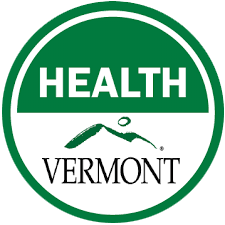
Marijuana Use in Vermont Briefing
Marijuana use among Vermonters is consistently among the highest in the country and is the highest for 12-17- and 18–25-year-olds.
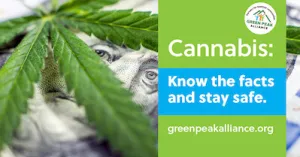
As towns across Vermont weigh changes to the legal status of cannabis, it’s more urgent than ever for individuals to have the facts they need to make smart decisions about cannabis and stay safe. Green Peak Alliance is participating in this important conversation by giving parents and caregivers tools to have constructive conversations with the young people in their lives. GPA is also providing people with information about safe storage of cannabis, sharing information about how to get help in the event of cannabis poisoning, and collaborating with local retailers to keep cannabis products from falling into the hands of minors.
National Resources
Cannabis Resources for Educators and Youth Allies
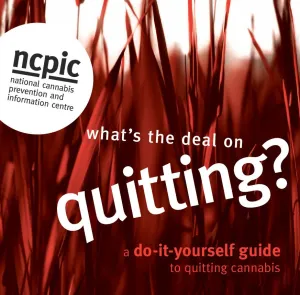
A Do-it-Yourself Guide to Quitting Cannabis
This guide from the Australian National Cannabis Prevention and Information Centre is designed to help you make changes to your cannabis use and manage the kinds of challenges you may face in the process. It can be used as a tool to help you reduce use or quit completely.

Smart Approaches to Marijuana (SAM) is an alliance of organizations and individuals dedicated to a health-first approach to marijuana policy. We are professionals working in mental health and public health. We are bipartisan. We are medical doctors, lawmakers, treatment providers, preventionists, teachers, law enforcement officers and others who seek a middle road between incarceration and legalization. Our commonsense, third-way approach to marijuana policy is based on reputable science and sound principles of public health and safety.
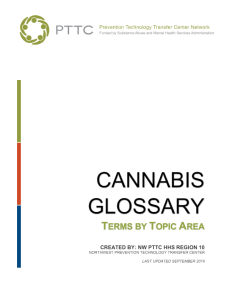
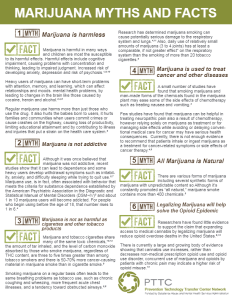
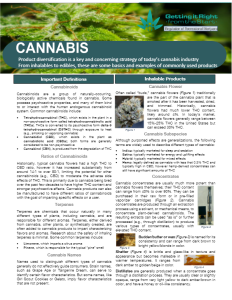
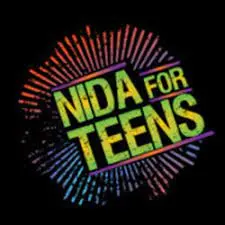
NIDA for Teens Drug Facts on Marijuana
Offers resources for teens and teen influencers. Get the latest on how drugs affect the brain and body. Features videos, games, blog posts, and more!
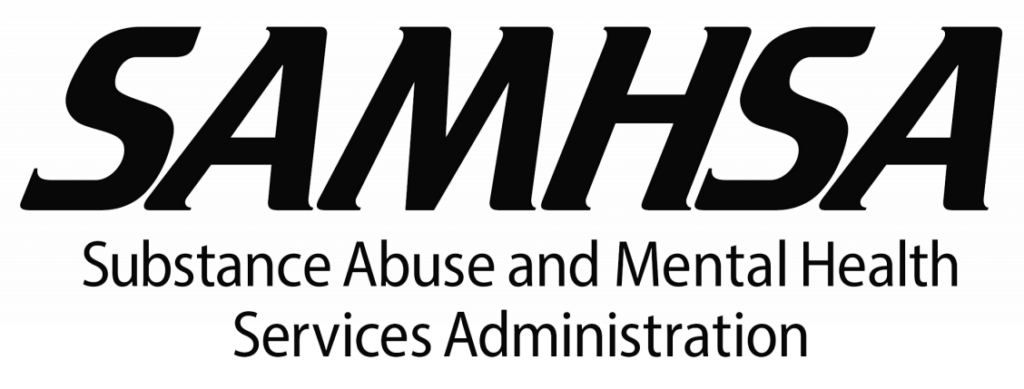
EVIDENCE-BASED RESOURCE GUIDE SERIES: Preventing Marijuana Use Among Youth from SAMHSA
This guide covers programs and policies to prevent marijuana use among youth aged 12 to 17, including:
- Environmental strategies, such as regulating the price of marijuana products, where these products are sold, the products themselves, and their promotion and advertising
- School- and community-based substance use prevention programs to implement along with environmental interventions as part of a comprehensive prevention strategy
The guide provides considerations and strategies for key stakeholders (including policy makers, community coalitions, businesses, school administrators, educators, and other community members), states, and the prevention workforce to prevent and reduce marijuana use among youth.

